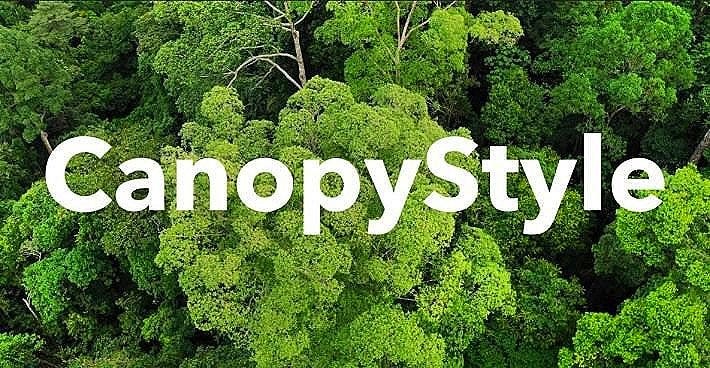The fabric we love, the forests we lose a look at viscose's sustainability woes.
Viscose, a popular fabric loved for its soft drape and versatility, hides a dark secret. According to a report by CanopyStyle, a non-profit focused on sustainable forestry practices, over 300 million trees are logged annually to feed the world's viscose production. This raises a critical question: can our love for fashion come at the cost of our precious forests?
Global production and India's stake
As per Textile Exchange global viscose production is estimated to be around 6.5 million tonnes annually. India, a major textile hub, contributes significantly to this number. The Confederation of Indian Textile Industry (CITI) reports that India's viscose production capacity is around 1.3 million tonnes per year, making it the world's third-largest producer.
The dark side of rayon
Viscose, also known as rayon, is derived from wood pulp. The concern lies in the sourcing and processing of this pulp. Large swathes of forests, including ancient and endangered ones, are cleared to meet production demands, leading to habitat loss and biodiversity decline. Additionally, the chemical-intensive viscose production process can release harmful toxins into the environment, impacting air and water quality.
This is why, experts and organizations like CanopyStyle advocate for a shift towards closed-loop production processes and certified wood sources. “Transitioning to recycled fibers and dissolving pulp from responsibly managed forests is essential,” says Rita Verma, a sustainability consultant for the fashion industry. CanopyStyle initiative provides a framework for brands to source viscose from sustainable plantations. "The solution lies in shifting to closed-loop production systems and using certified wood pulp from responsibly managed forests," explains Nicole Rycroft, CanopyStyle's Director of CanopyPlanet. This approach ensures minimal environmental impact and protects biodiversity-rich ecosystems.
Sustainable viscose gains traction
While conventional viscose production remains a cause for concern, there's a growing movement towards sustainable alternatives. Certifications like FSC (Forest Stewardship Council) and Lenzing's EcoVero guarantee viscose production from responsibly sourced wood pulp. However, the share of sustainable viscose globally remains modest, estimated to be around 10-15 per cent. In India, the availability of such options is even lower.

Indeed, the road to sustainable viscose production is long, but with consumer awareness rising and industry leaders taking initiative, there's a chance to rewrite the narrative. The future of fashion demands a delicate balance between style and sustainability, and viscose can be a part of that solution, but only if the industry embraces a greener path.
